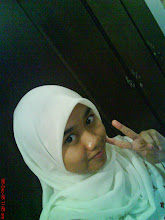The queen bee develops differently than the drone bees of a colony. Before hatching she develops in what is called a queen cell. She is also fed differently, receiving royal jelly, a secretion made on the tops of young bee’s heads. Since the queen is fed royal jelly exclusively, she develops full sexual characteristics that are not present in drone bees.
A queen bee is easy to recognize outside a hive. Her body is far more elongated than that of the other bees in the colony. As well, she will remain in the hive after mating with several drones, and her most important job is keeping the colony alive by laying eggs. She is the only member of the hive to be able to lay eggs, about 2000 a day in a healthy queen bee. A hive that loses its queen bee and does not have a replacement will quickly die off.
In a hive of 60,000 to 80,000 honeybees, it is often difficult for beekeepers to find the queen, for this reason many queens in non-feral colonies are marked with a light daub of paint on their thorax. The paint used does no harm to the queen and makes her much easier to find when necessary.
Now a days bee farmers may shortcut the process of supersedure by removing a queen bee from the population or by cutting of one her back legs, which makes egg laying impossible. This gives virgin queens the opportunity to quickly attack the queen and supersede her.
source : http://en.wikipedia.org/wiki/Queen_bee
PRODUCT EXHIBITION
16 years ago



No comments:
Post a Comment